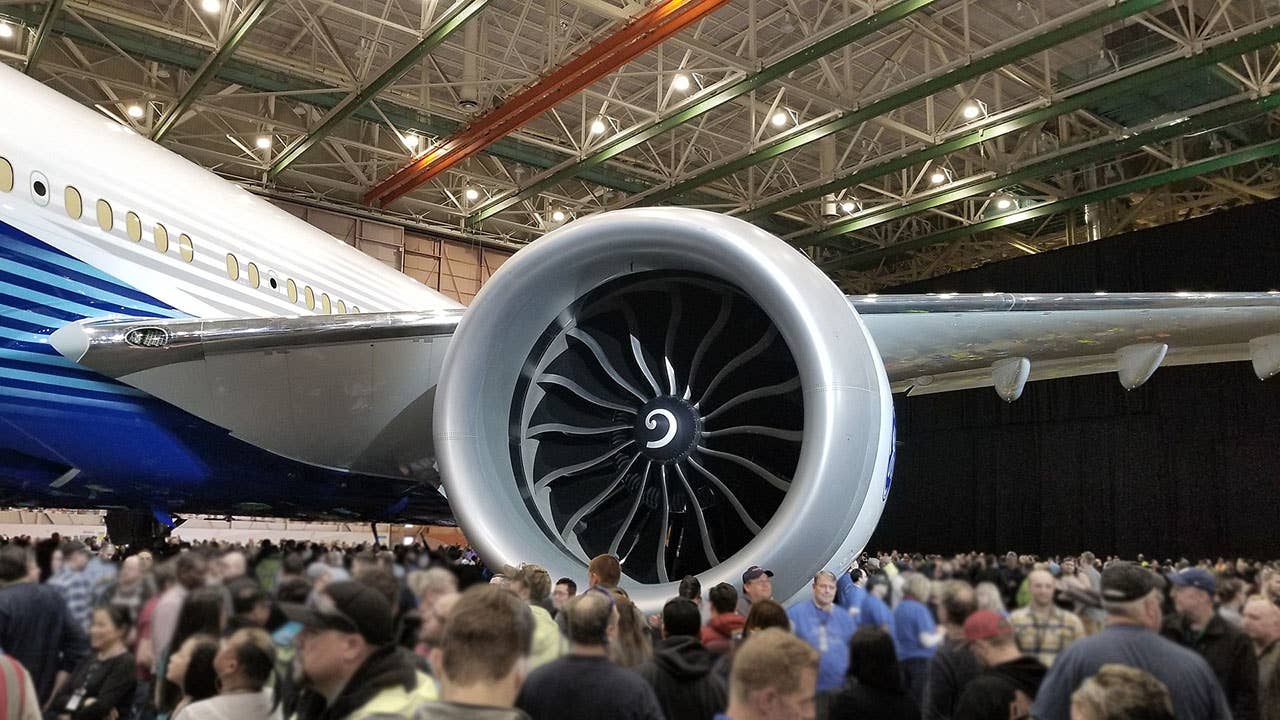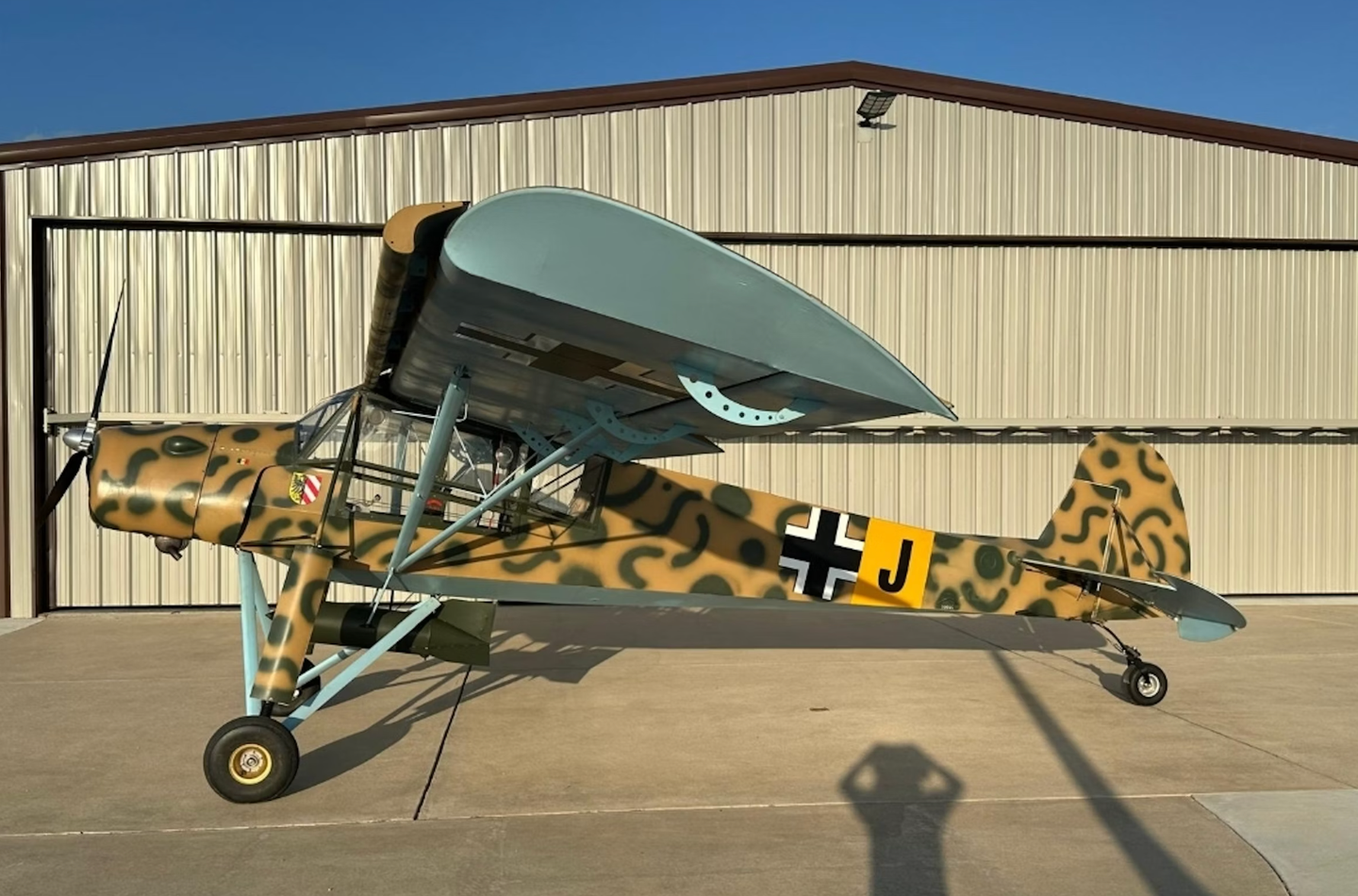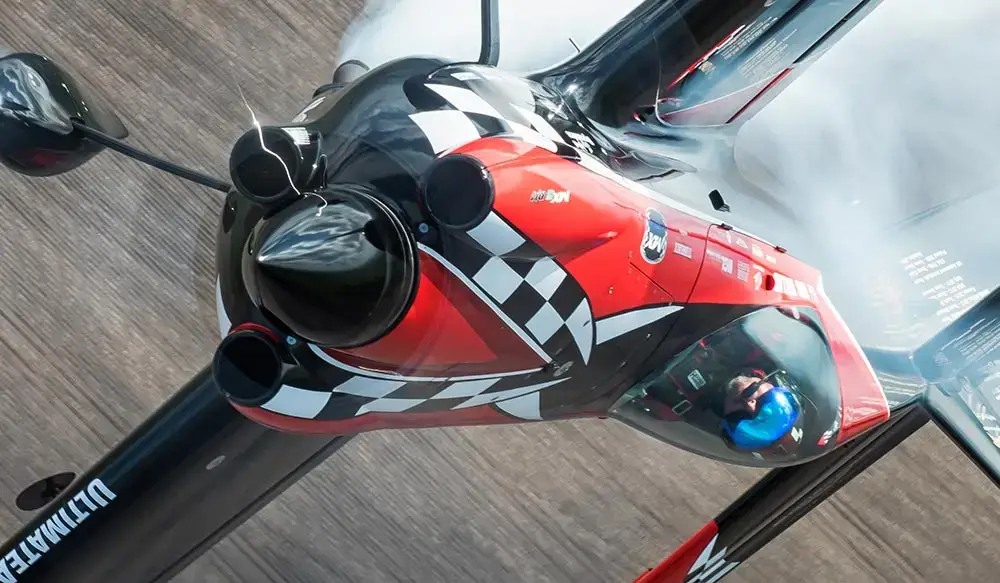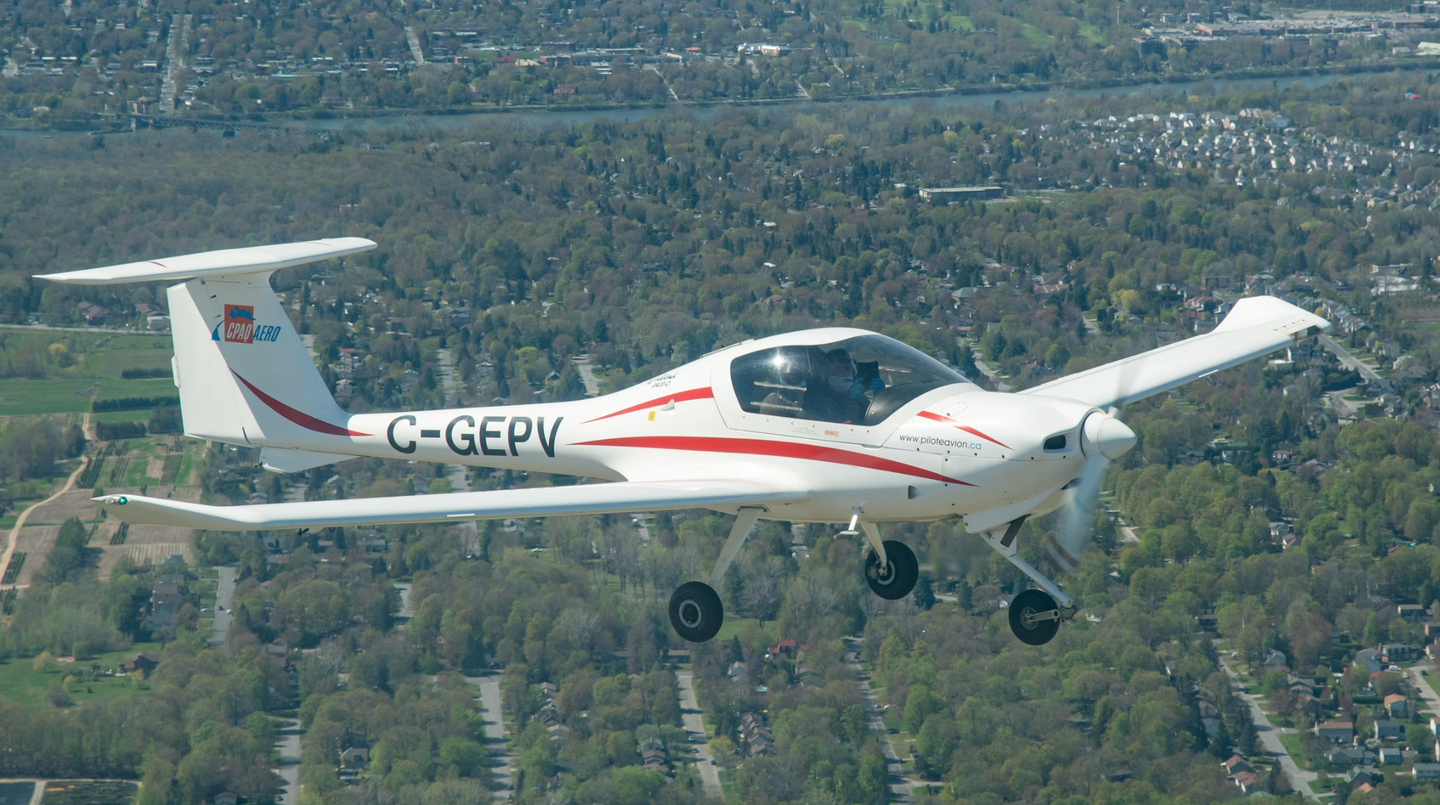General Electric GE9X
When Boeing came out with its 777, which started flying with the airlines in 1995, its defining feature was its twin-engine design. It was long thought (and regulated as such)…

The largest commercial engine ever made, the General Electric GE9X was conceived to power some of the biggest aircraft ever built, such as the Boeing 777X, which makes use of just two engines despite its great size. Photo by Dan Nevill from Seattle, WA, United States, CC BY 2.0, via Wikimedia Commons.
When Boeing came out with its 777, which started flying with the airlines in 1995, its defining feature was its twin-engine design. It was long thought (and regulated as such) that twin-engine aircraft didn't have enough reserve power to fly long legs were one of its engines to fail on a long overwater segment. But the 777 helped flip such thinking on its head, and today it's the four-engine airliners, like the 777's stablemate, the legendary 747, that are endangered species. And the way that the 777 did its magic was by utilizing the largest engines in the world.
With fuel efficiency being king today, twins have become the de facto long-haul platforms of the majority of major airlines that fly intercontinental routes.
And the biggest is yet to come. Slated to power the in-development Boeing 777X, the General Electric GE9X is a behemoth of an engine and a miserly one, at that. It is the largest jet engine in the world, and the most powerful. How big? At 134 inches, its fan's diameter is greater than that of the 737's fuselage. Generating an eye-popping 134,000 pounds of thrust, it is more powerful than the rockets that brought America's first astronauts into orbit. And while it produces 6,400 pounds of thrust more than the previously recognized most powerful turbofan engine, the 777's GE-90-115B, it is 10% more fuel-efficient.

Subscribe to Our Newsletter
Get the latest Plane & Pilot Magazine stories delivered directly to your inbox






